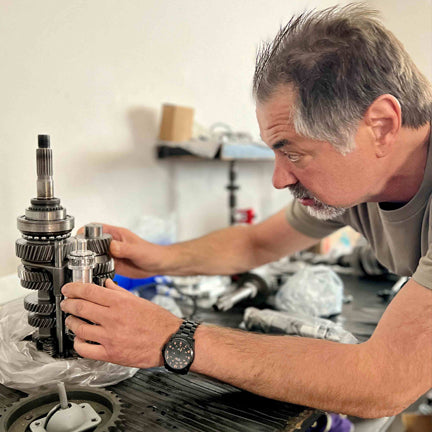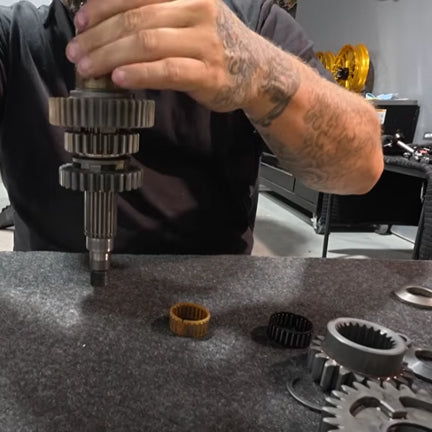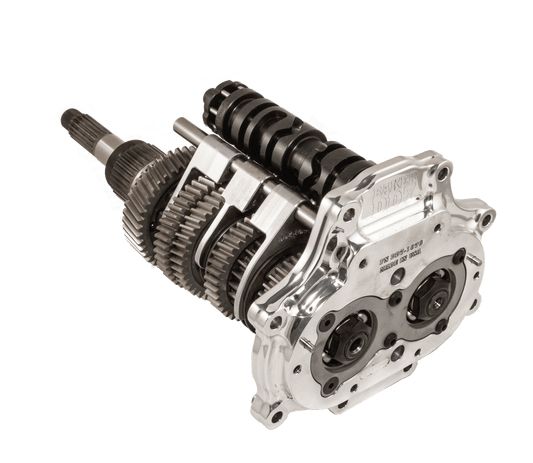
The BAKER Blog
Learn the latest news from BAKER Drivetrain
The BAKER Blog

Release #67 - September 2025
New Hours- We're Staying Later For You! Welcome Back, James! Gearhead Graveyard Giveaway BAKER Drivetrain Recap: Good Times at the 2025 SmokeOut Rally 2025 BRL Kick-Off Party Recap: Engines, Rain,...
Release #67 - September 2025
New Hours- We're Staying Later For You! Welcome Back, James! Gearhead Graveyard Giveaway BAKER Drivetrain Recap: Good Times at the 2025 SmokeOut Rally 2025 BRL Kick-Off Party Recap: Engines, Rain,...


Release #66 - August 2025
Labor Day Weekend Hours Celebrate 85 Years of Sturgis with Free Shipping and an $85 Gift Card 2025 Sturgis Motorcycle Rally Recap Big Savings on the 34-Tooth Comp Sprocket +...
Release #66 - August 2025
Labor Day Weekend Hours Celebrate 85 Years of Sturgis with Free Shipping and an $85 Gift Card 2025 Sturgis Motorcycle Rally Recap Big Savings on the 34-Tooth Comp Sprocket +...

The Fast Life Garage's 1991 FXR Build
Watch Jace bring life back to his new 1991 FXR build that has been holed up in a garage since 2003!
The Fast Life Garage's 1991 FXR Build
Watch Jace bring life back to his new 1991 FXR build that has been holed up in a garage since 2003!

Release #65 - July 2025
$85 for the 85th- Rewards on Orders Over $850 BAKER Drivetrain Presents: The 2025 Cycle Showcase Unveiling Party at Sturgis BAKER Burnout Cash Drags Oil: The Unsung Hero in Your...
Release #65 - July 2025
$85 for the 85th- Rewards on Orders Over $850 BAKER Drivetrain Presents: The 2025 Cycle Showcase Unveiling Party at Sturgis BAKER Burnout Cash Drags Oil: The Unsung Hero in Your...

AMD Blog Post - BAKER Upgraded Direct Drive 7-S...
Friday, 25 July 2025 Bert Baker, the internationally respected King of V-twin Transmissions says that "when you're building a high-performance bike, hauling serious weight, or logging serious miles, your stock...
AMD Blog Post - BAKER Upgraded Direct Drive 7-S...
Friday, 25 July 2025 Bert Baker, the internationally respected King of V-twin Transmissions says that "when you're building a high-performance bike, hauling serious weight, or logging serious miles, your stock...
